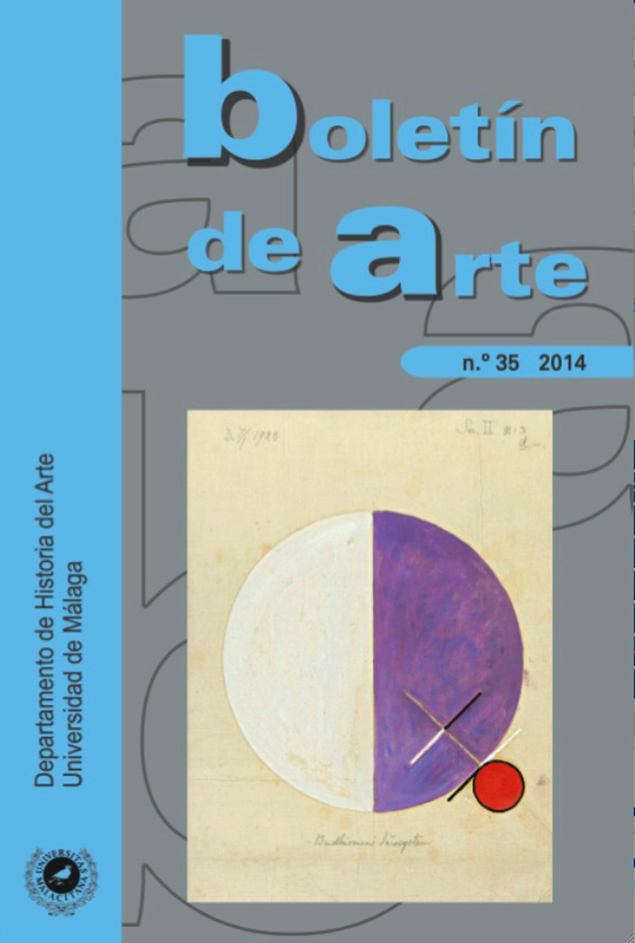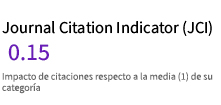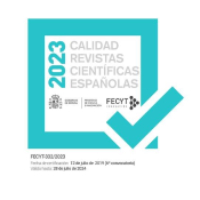Javier Garcera?. The Landscape’s Insider
DOI:
https://doi.org/10.24310/BoLArte.2014.v0i35.3375Abstract
This text analyses the work of the artist Javier Garcera? from the end of the 1990s to the present day. ‘Landscape’ is the central theme in the analysis, intended as the world’s stage on which the dialectic between nature and culture is played out. e study of Garcera?’s paintings produced since 1999 shows how the artist has carried out an investigation that runs parallel to the history of landscape representations, by tracing its ambiguity and evolution. His works represent the evolution from the sublime nature typical of the Romantic period and the birth of the bourgeois sciences, to the establishment of photography as a competing alternative in the representation of the world. In addition, Garcera?’s study encounters the avant-gardes, drawing on Futurism’s vision of speed and mobility, and on the desire for contemplation typical of Orphism and the later Color eld. Javier Garcera? metabolises all this information, translating it into a living and changing image. anks to the sophisticated use of light and precious canvases, he reaches an aesthetic solution that o ers a valid alternative to the landscape’s atrophy during the 20th century: the viewer ceases to be a passive spectator to become a living part of the landscape.
Downloads
Metrics
Publication Facts
Reviewer profiles N/A
Author statements
Indexed in
-
—
- Academic society
- N/A
- Publisher
- Universidad de Málaga.
Downloads
Published
How to Cite
Issue
Section
License
Todos los contenidos publicados en la revista Boletín de Arte están sujetos a la licencia Creative Commons Reconocimento-NoComercia-Compartirigual 4.0 cuyo texto completo puede consultar en <http://creativecommons.org/licenses/by-nc-sa/4.0>

Los/as autores/as cuyas contribuciones sean aceptadas para su publicación en esta revista conservarán el derecho no exclusivo de utilizar sus contribuciones con fines académicos, de investigación y educativos, incluyendo el auto-archivo o depósito en repositorios de acceso abierto de cualquier tipo.
La edición electrónica de esta revista esta editada por la Editorial de la Universidad de Málaga (UmaEditorial), siendo necesario citar la procedencia en cualquier reproducción parcial o total.












4.png)
